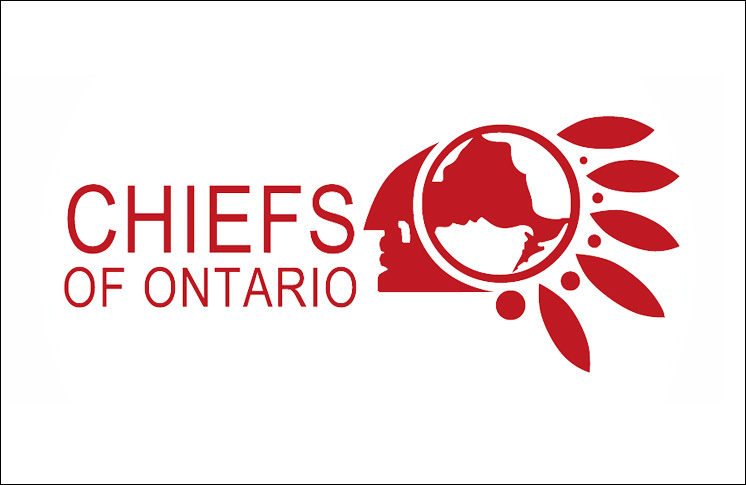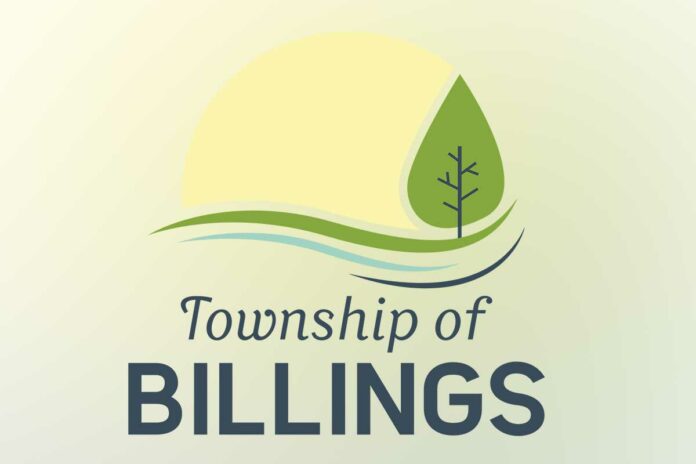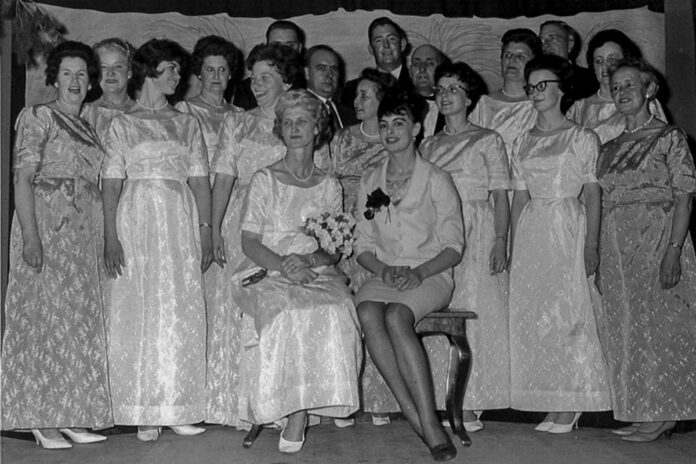Chiefs of Ontario release report
TORONTO—The Assembly of First Nations (AFN) has released a new report that shows a gap of close to $350 billion needed from the government to close the infrastructure housing gap for First Nations across the country.
The Chiefs of Ontario (COO) and Ontario Regional Chief Glen Hare released a statement following the AFN official release of the Closing the Infrastructure Gap by 2030 report, which estimates the national capital and operational investments needed from the Government of Canada to fulfill its mandate to Close the Gap by 2030.
To coincide with this launch, the COO released its Closing the Infrastructure Gap: Ontario Regional Analysis report, which provides an Ontario specific analysis plan to complement the national numbers that are presented in the AFN report and to outline the investments needed for the government to close the gap for Ontario First Nations.
The Ontario Regional Analysis Report, authored by construction consulting firm BTY Group, is a collaborative effort between the COO and AFN to put pressure on all levels of government to finally fix the broken systems that have led to subpar infrastructure in First Nations across this country.
“Today, the AFN officially launched its substantive report, which was co-developed with Indigenous Services Canada in collaboration with industry experts and over 400 First Nations, outlining a $349.2 billion need to close the infrastructure gap for First Nations across our country,” said Ontario Regional Chief Hare. “In Ontario alone, it will cost $58.9 billion to ensure on-reserve infrastructure in First Nations in Ontario is on par with the rest of the province by 2030, a gap that is among the widest in the country.”
The $58.9 billion figure, which includes both capital and operational costs, has been quantified for the first time to help; educate the government and the public about the state of community infrastructure in First Nations. The largest gaps faced by Ontario First Nations are housing, community infrastructure, all-season road access, adapting to climate change and education-related infrastructure.
As is outlined within the report, the largest gap faced by Ontario First Nations is housing, which requires a $25.8 billion investment so that First Nations people can live in housing that is equal to that of their neighbours. The report outlines the current state of First Nations housing in Ontario. Nearly 5,800 houses in Ontario are currently considered overcrowded, meaning First Nations people are forced to live in inadequate, culturally unsafe and problematic living spaces. Another 4,000 homes are in such disrepair that they require complete replacement. Over 8,200 units require major renovations, such as electricity, heating, insulation, plumbing and roofing, so that they are fit for habitation.
“Many of our people are being forced to live with extremely high numbers of people in a living space because there is nowhere else for them to go-that needs to change,” said Ontario Regional Chief Hare. “People should never be faced with the harrowing decision to choose between living in overcrowded, unsafe conditions, or leaving their family and community.”
“If no action is taken, the cost is only expected to rise as construction costs and inflation balloon, populations increase and existing infrastructure continues to languish and deteriorate,” said Chief R. Don Maracle, Tyendinaga Mohawk Territory. “Prime Minister Justin Trudeau made a commitment to close the gap in First Nations infrastructure, and large investments of billions of dollars are needed to address the many decades of neglect.”
“We have been warning for decades that these infrastructure gaps are causing serious and irreparable harm to First Nation communities in Ontario,” said Ontario Regional Chief Hare. “But we have not seen the political will nor interest to take the required actions to close these gaps once and for all. With each passing day, the gap widens, and soon it will not be a gap, but a complete and total void.”
While the report indicates housing represents the largest single need, it also shows that much more must be fixed so that First Nations have access to the same resources available in the rest of Ontario. Some of the biggest gaps can be found within community-specific needs. Throughout the spring and summer, First Nations were able to submit letters to ISC outlining their specific needs for each of their communities, with more than 75 percent of Ontario First Nations having responded.
Taken together, Ontario First Nations’ direct asks total $8.6 billion and includes a host of infrastructure projects which are often not available to First Nations, such as cultural facilities, hockey rinks, baseball diamonds, ceremonial grounds, museums, health and emergency services, clinics and long-term care homes.
“As we now have these reports in front of us, the government can no longer avoid having to face the decades of underfunding that led us to where we are now and must step up and provide the resources needed to finally bring First Nations up to par with the rest of the country,” added Ontario Regional Chief Hare.





